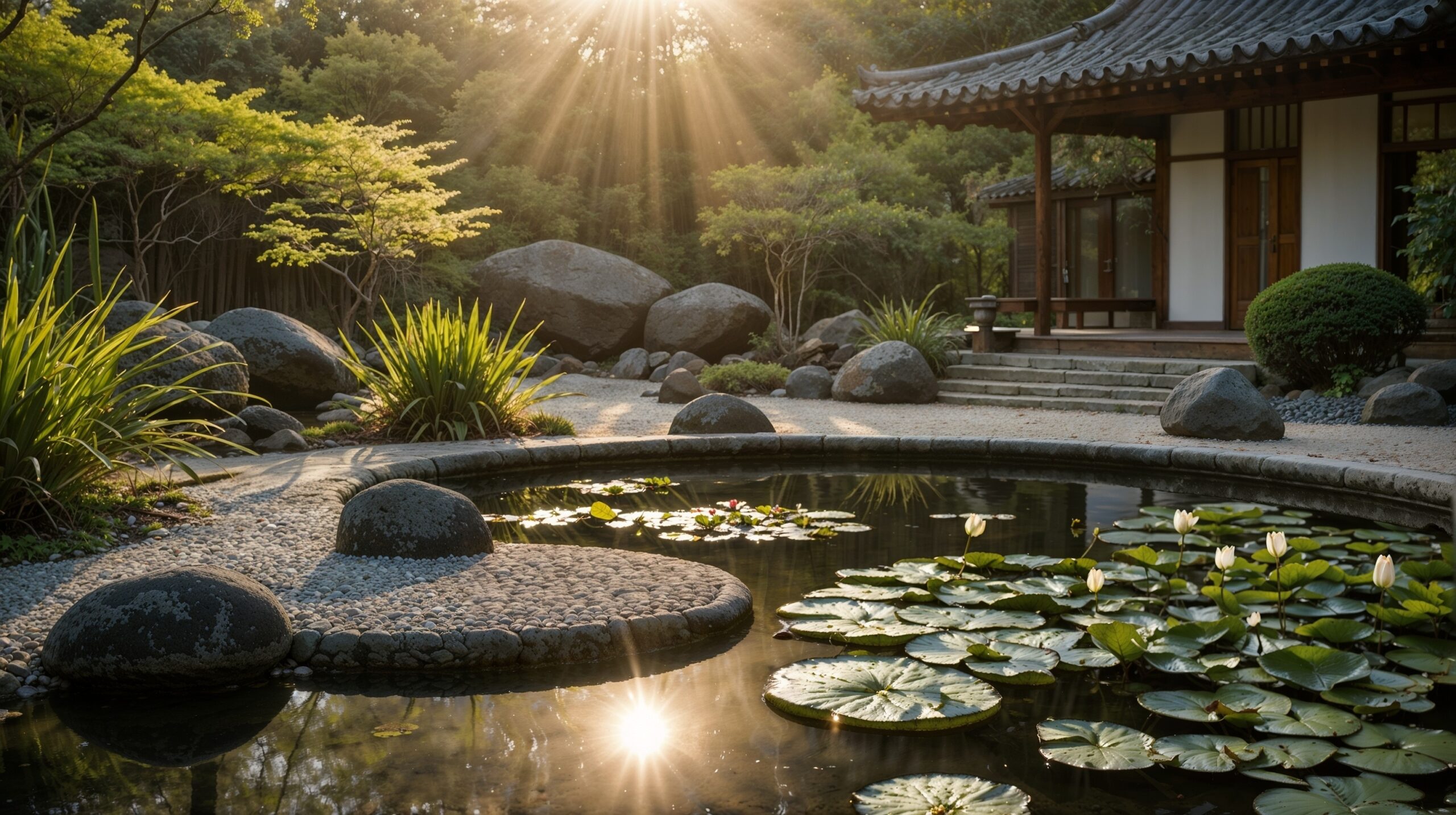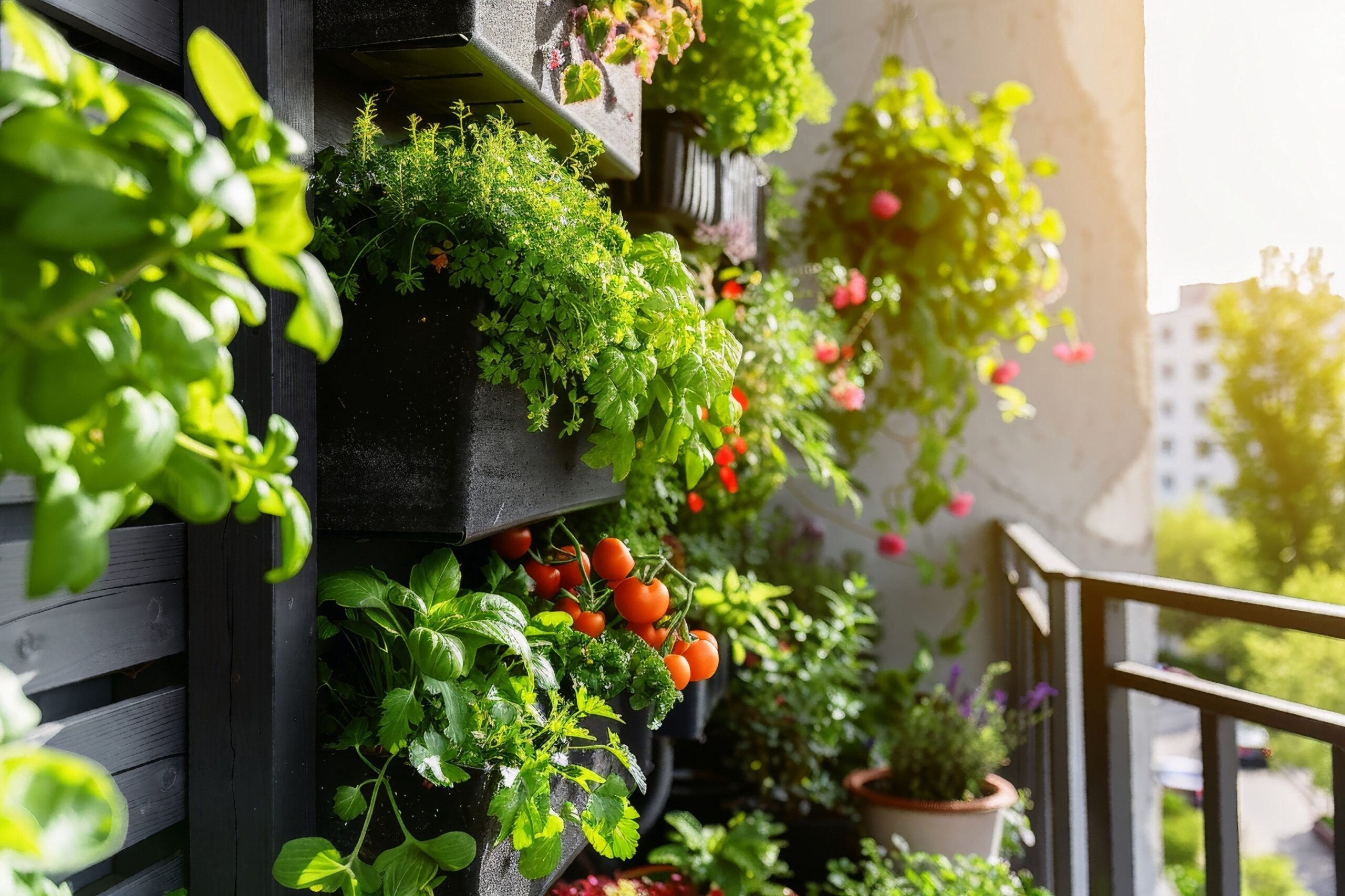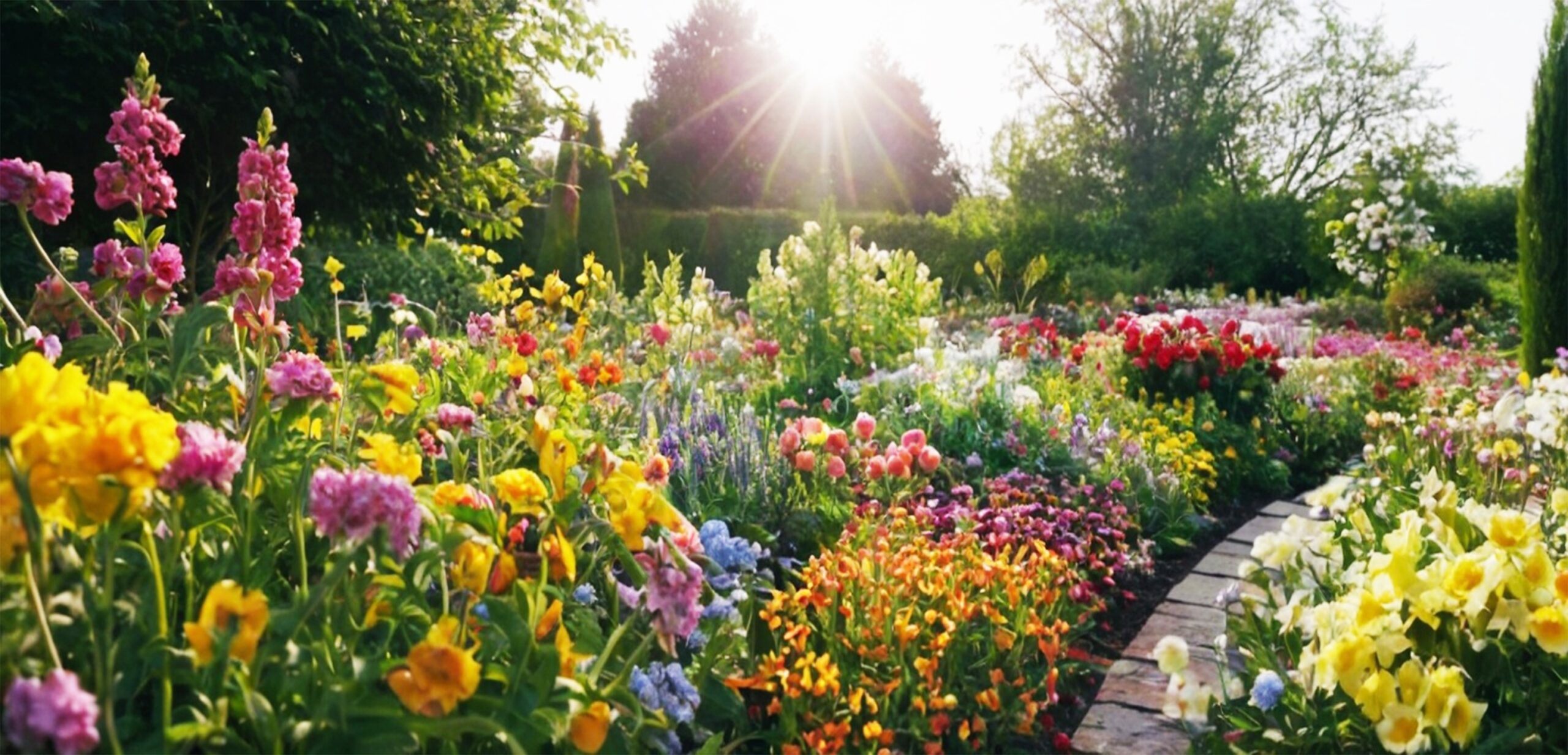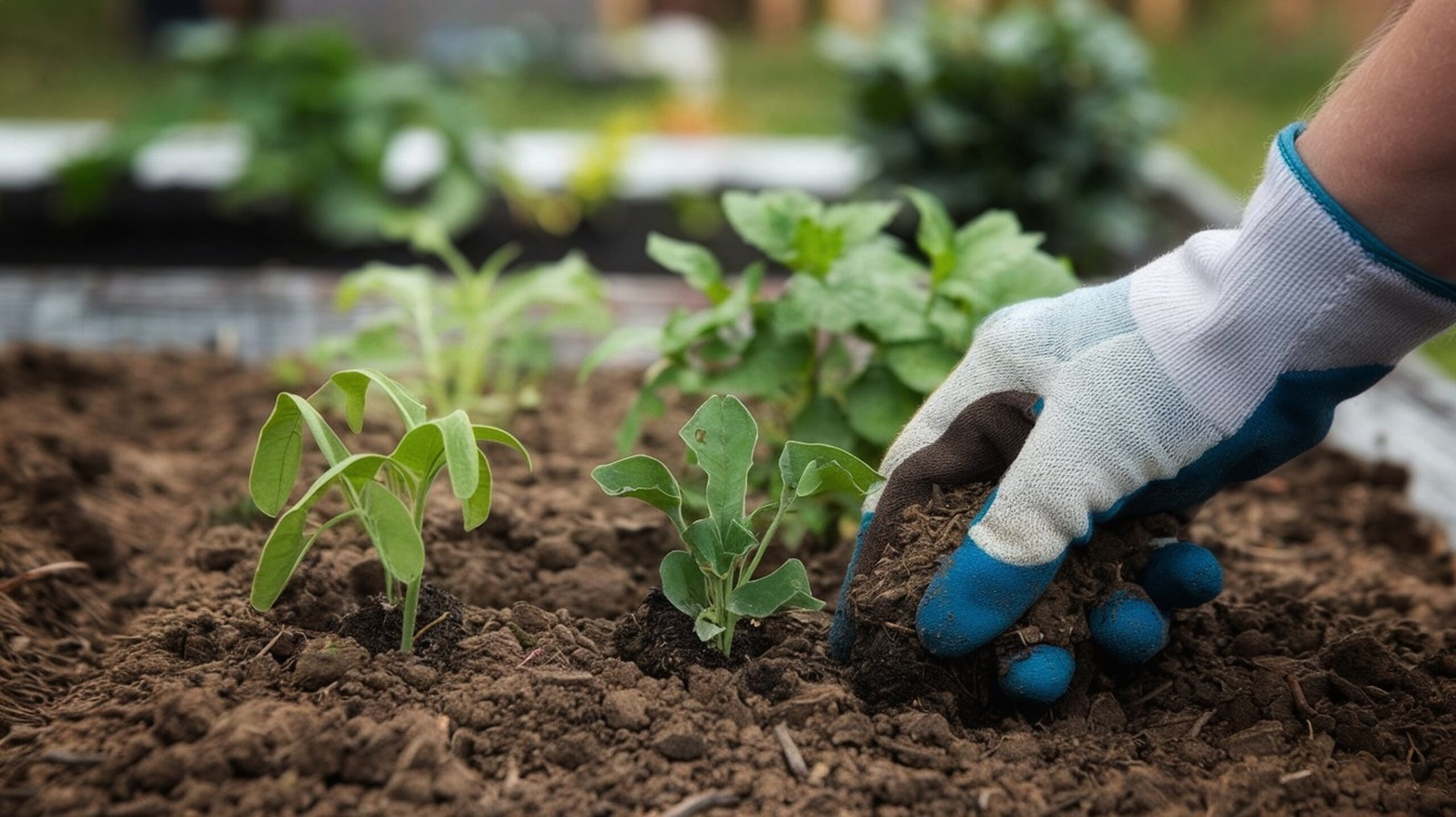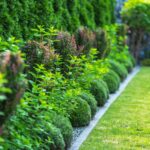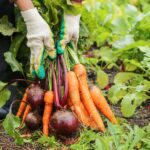A garden that gives back to nature.
Pollinators like bees, butterflies, and hummingbirds play a crucial role in global food production and plant biodiversity, yet their numbers are declining rapidly. The good news? You can help right from your garden. Creating a pollinator-friendly garden not only helps nature thrive, but it also rewards you with more blooms, better harvests, and a vibrant, buzzing ecosystem. This guide shows you how to create a space that’s welcoming, beautiful, and biologically beneficial.
Outline
- Why Pollinators Matter
- Meet Your Garden’s Pollinators
- Core Principles of a Pollinator Garden
- Best Plants to Attract Bees and Butterflies
- Tips for Designing a Pollinator Paradise
- Avoiding Pesticides the Right Way
- Providing Habitat & Shelter
- Water Sources for Pollinators
- Final Thoughts
Why Pollinators Matter
Pollinators are essential to 75% of flowering plants and over a third of the food we eat. Without them, we’d lose fruits, vegetables, nuts, and even chocolate.
Pollination Benefits:
- Better crop yields in gardens and farms
- More vibrant, diverse ecosystems
- Healthier plants and flowers
- Greater biodiversity in your backyard
🐝 A pollinator-friendly garden helps you give back to the natural world—one flower at a time.
Meet Your Garden’s Pollinators
| Pollinator | What They Love | Fun Fact |
|---|---|---|
| Bees | Native flowers, herbs | 90% of pollination comes from native bees |
| Butterflies | Flat flowers, bright colours | They taste with their feet |
| Hummingbirds | Tube-shaped red/pink flowers | Beat their wings ~70 times/second |
| Beetles | White/dull-coloured flowers | Often called “mess and soil” pollinators |
| Moths | Pale, night-blooming flowers | Active at dusk and dawn |
| Hoverflies | Small, open flowers | Look like bees but don’t sting |
Core Principles of a Pollinator Garden
- Plant for every season – Include early spring to late autumn bloomers.
- Go native – Native plants are best adapted to your local pollinators.
- Diversity is key – Different shapes, sizes, and colours = more pollinator visitors.
- Ditch the chemicals – Even small amounts of pesticides harm pollinators.
Best Plants to Attract Bees and Butterflies
| Plant | Pollinator | Bloom Time |
|---|---|---|
| Lavender | Bees, butterflies | Summer |
| Echinacea (Coneflower) | Butterflies, bees | Summer–Autumn |
| Salvia | Bees, hummingbirds | Late Spring–Autumn |
| Milkweed | Monarch butterflies | Summer |
| Thyme/Oregano | Bees | Summer |
| Bee Balm (Monarda) | Hummingbirds, bees | Mid–Late Summer |
| Foxglove | Bees | Spring–Early Summer |
| Cosmos/Zinnias | Butterflies | Summer–Autumn |
Mix annuals and perennials to keep your pollinator menu going all year.
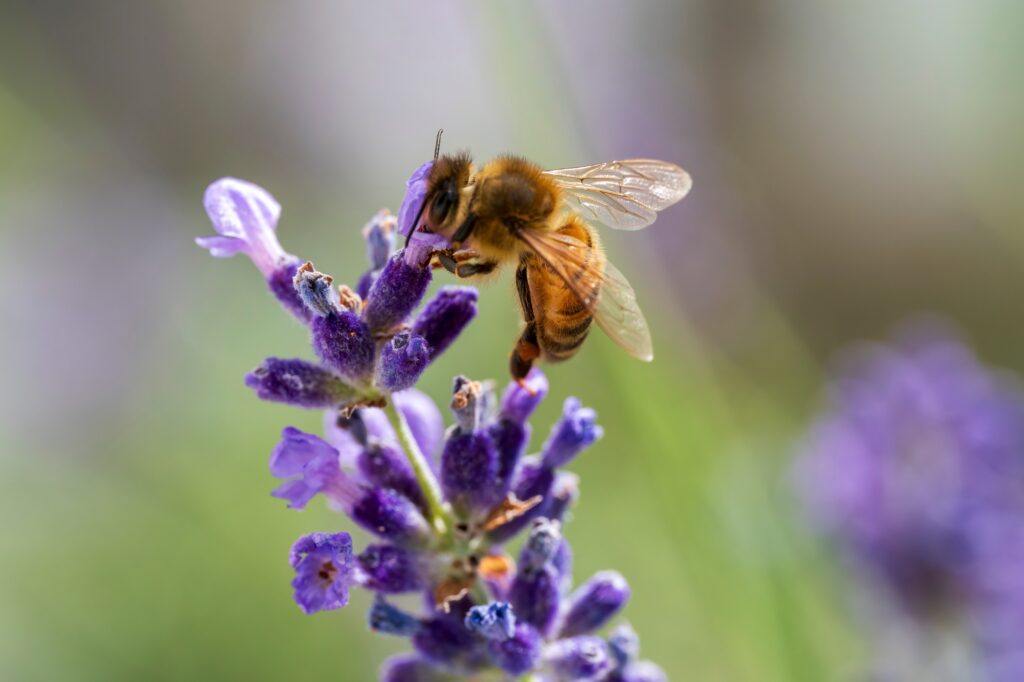
Tips for Designing a Pollinator Paradise
- Group the same plants together: Mass plantings make it easier for pollinators to find what they need.
- Plant in sunny spots: Most pollinators are more active in sun.
- Avoid double blooms: While pretty, they often lack nectar and pollen.
- Layer your garden: Include tall, medium, and low-growing plants.
- Don’t forget vertical space: Climbers and flowering vines help, too!
Avoiding Pesticides the Right Way
Even “natural” pesticides can disrupt pollinator behaviour or kill beneficial bugs.
Eco-Friendly Alternatives:
- Neem oil (apply at dusk when pollinators are inactive)
- Insecticidal soap for targeted pest control
- Companion planting to deter pests naturally
- Handpicking or spraying with water for aphids
🐛 Encourage balance, not perfection—pollinators thrive in imperfect gardens.
Providing Habitat & Shelter
Pollinators don’t just need food—they need a place to live, rest, and nest.
Simple Habitat Additions:
- Leave bare patches of soil for ground-nesting bees
- Install a bee hotel (but keep it clean!)
- Stack logs or branches for overwintering insects
- Let part of your garden go wild—messy corners are paradise for pollinators
Dead wood, mulch, and leaves = shelter, not mess.
Water Sources for Pollinators
Like all living things, pollinators need fresh water.
DIY Watering Ideas:
- Shallow dish with pebbles for bees to land safely
- Birdbaths or small fountains for butterflies and birds
- Mud puddles for butterflies to extract minerals (puddling)
Keep water fresh and accessible, especially during dry weather.
Final Thoughts
Creating a pollinator-friendly garden isn’t just about planting flowers—it’s about restoring the natural connection between plants, insects, and people. It doesn’t matter how big your space is—even a balcony planter can become a haven for bees and butterflies.
So grab your trowel, skip the pesticides, and start planting for a better world—one blossom at a time.


